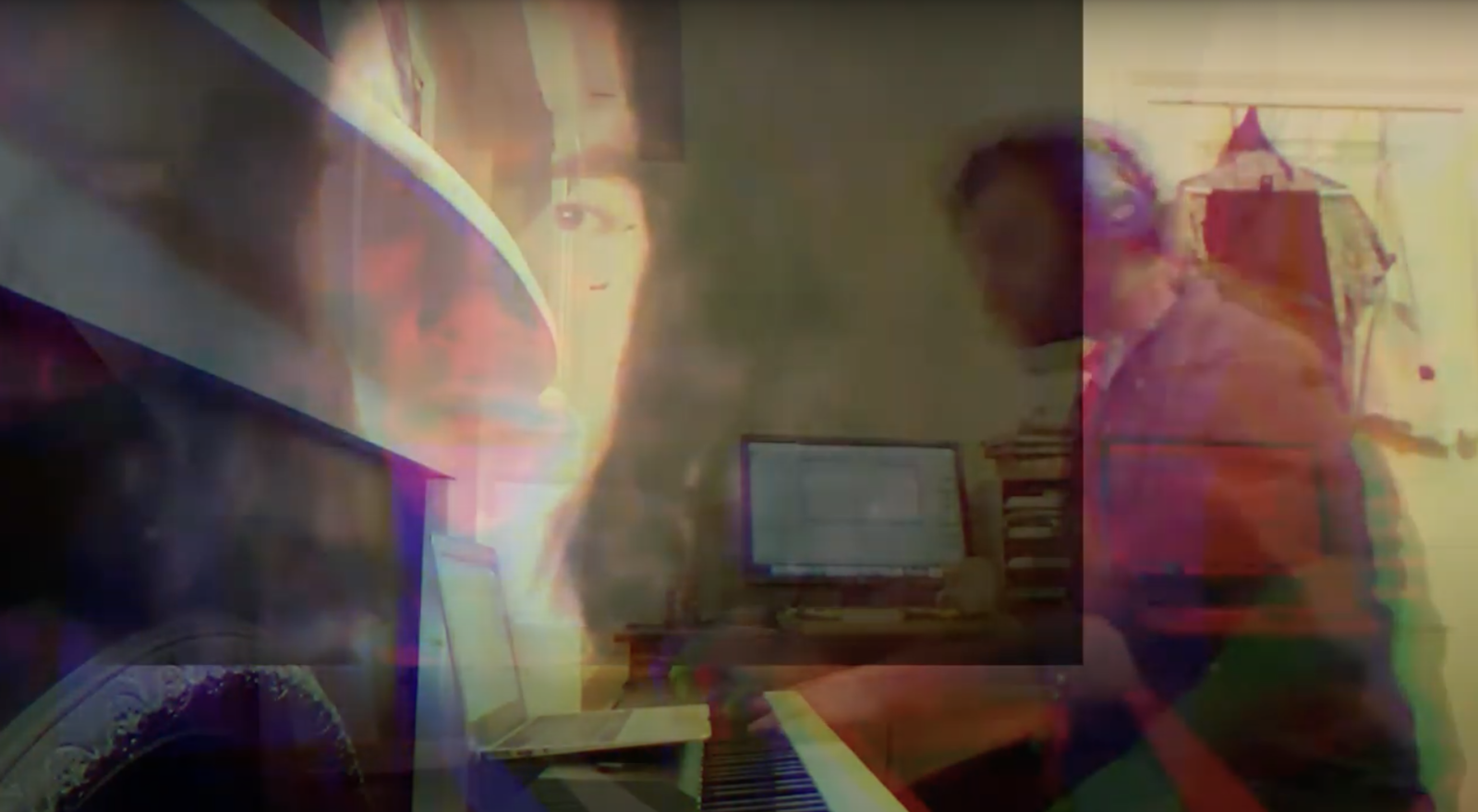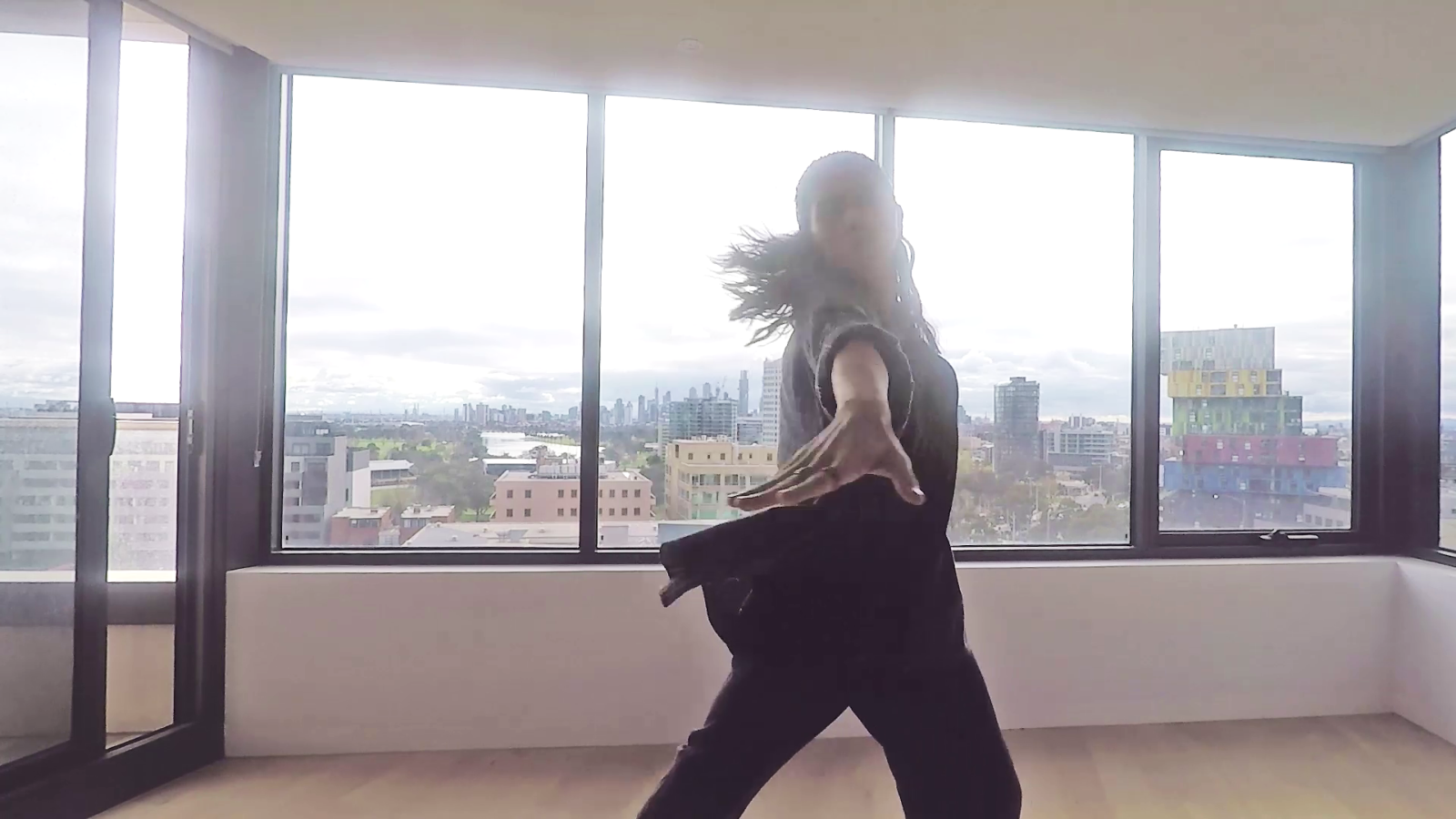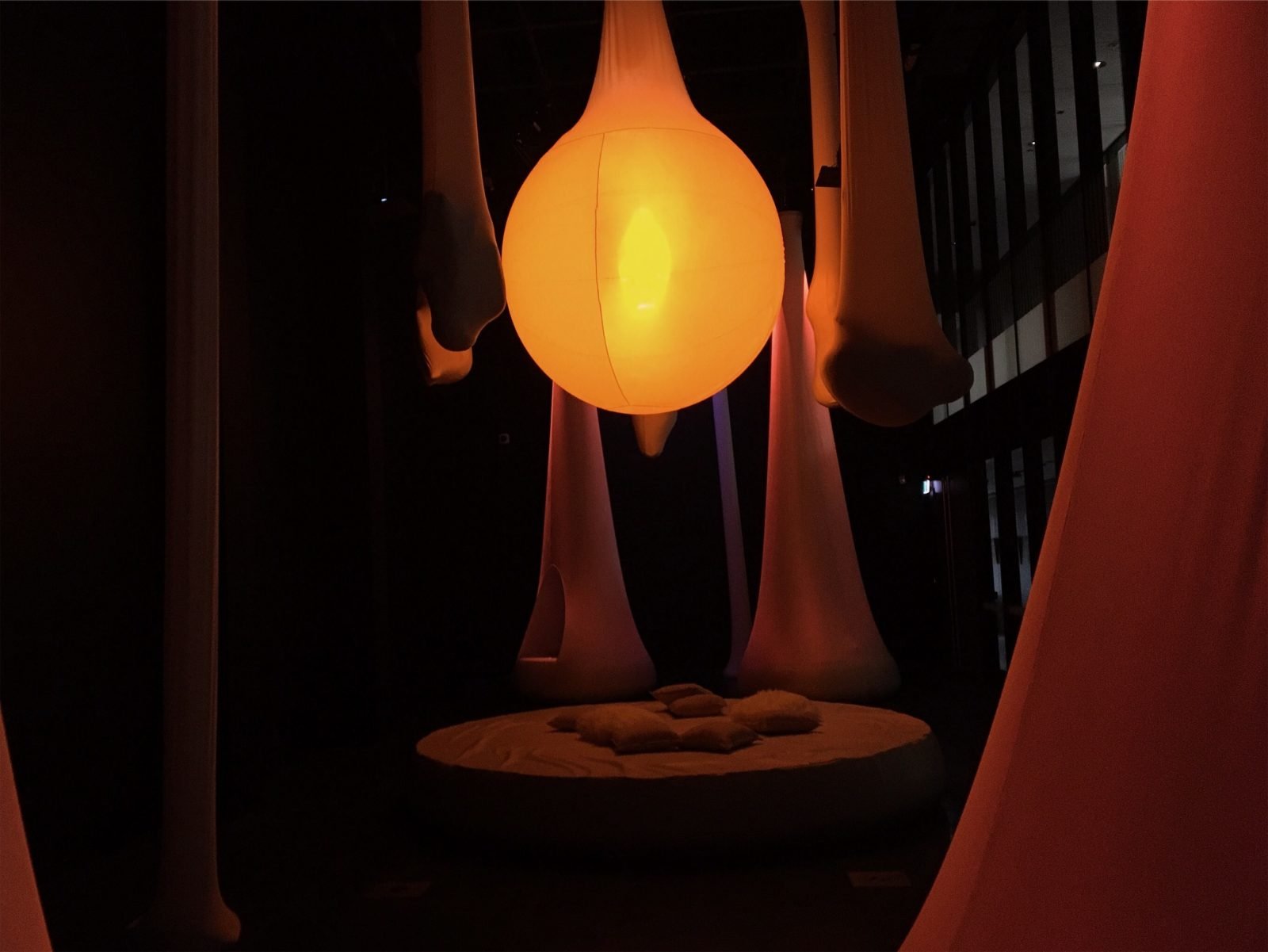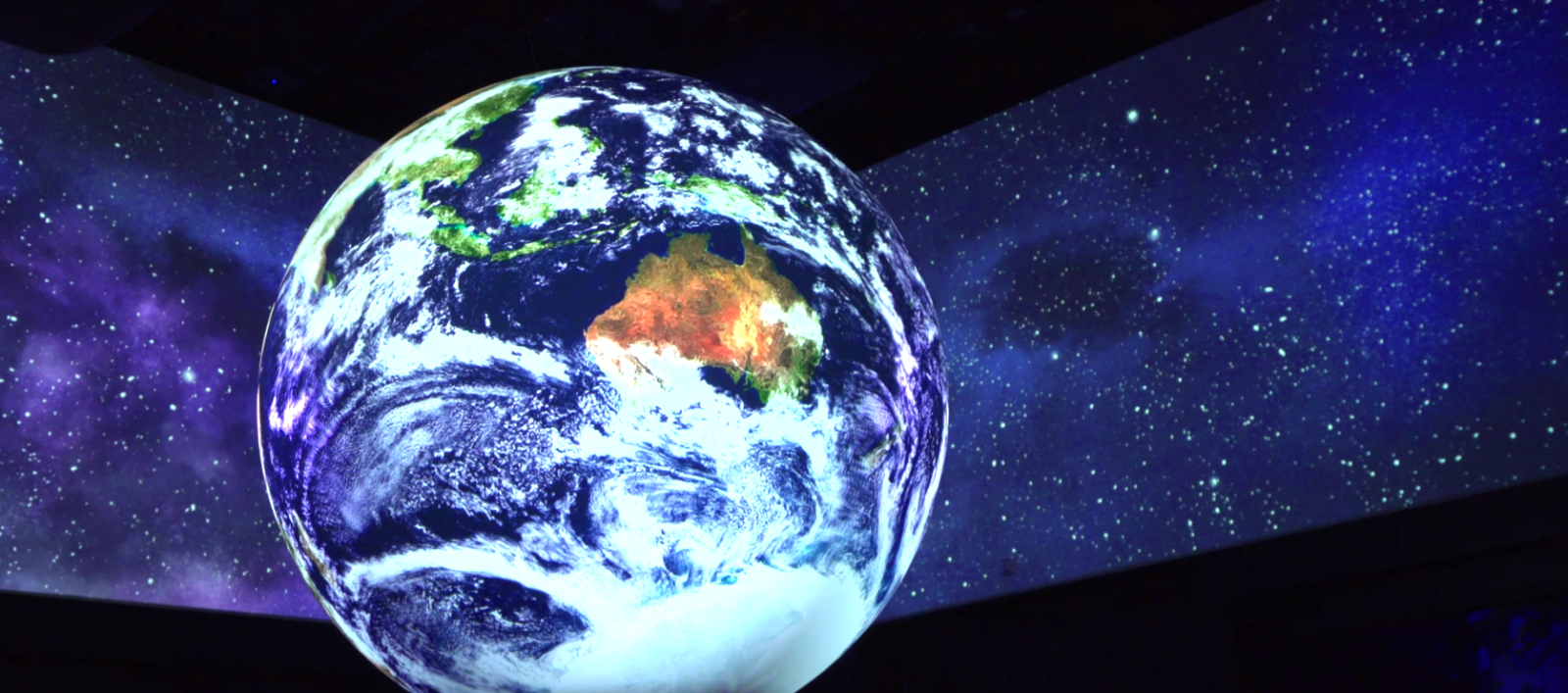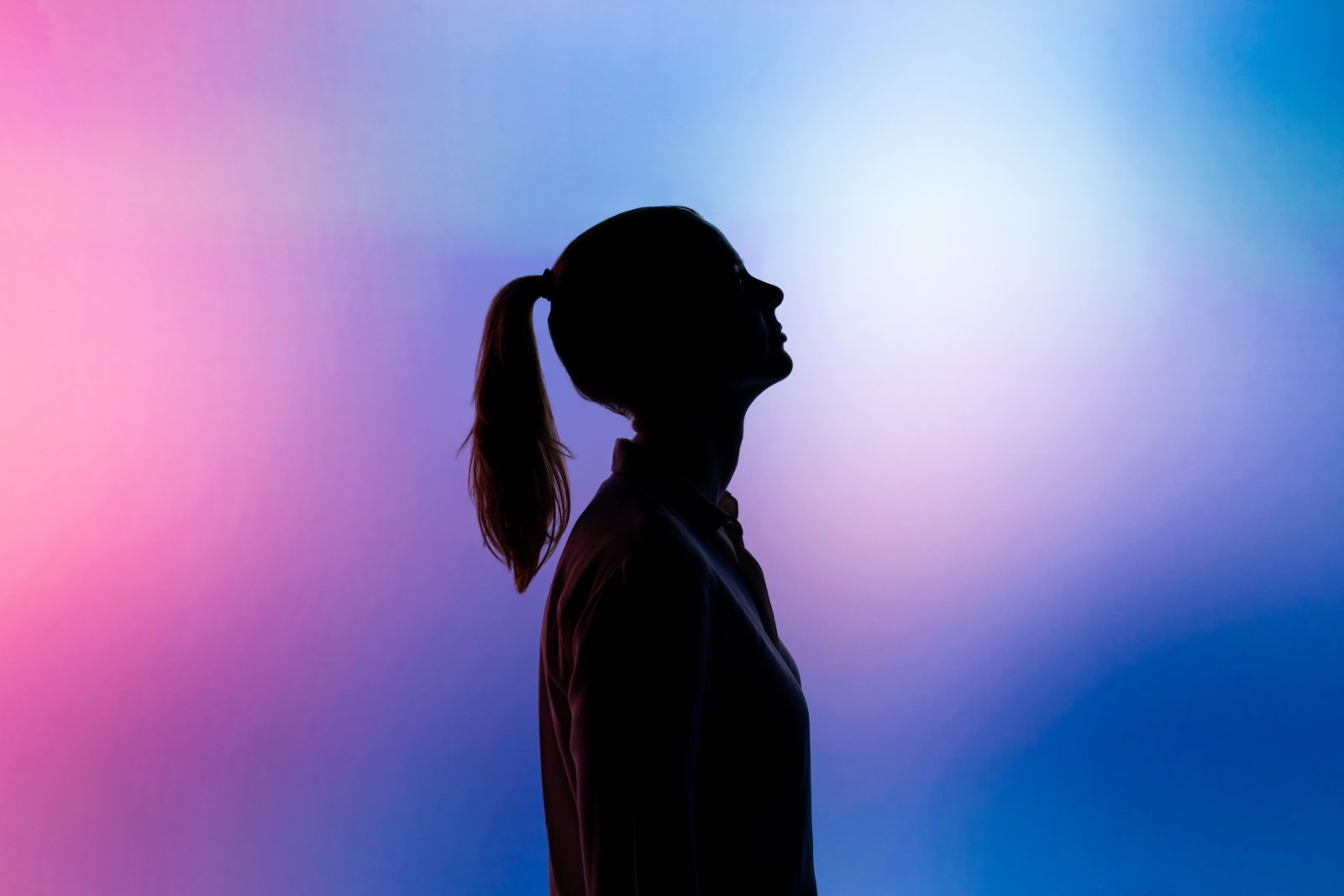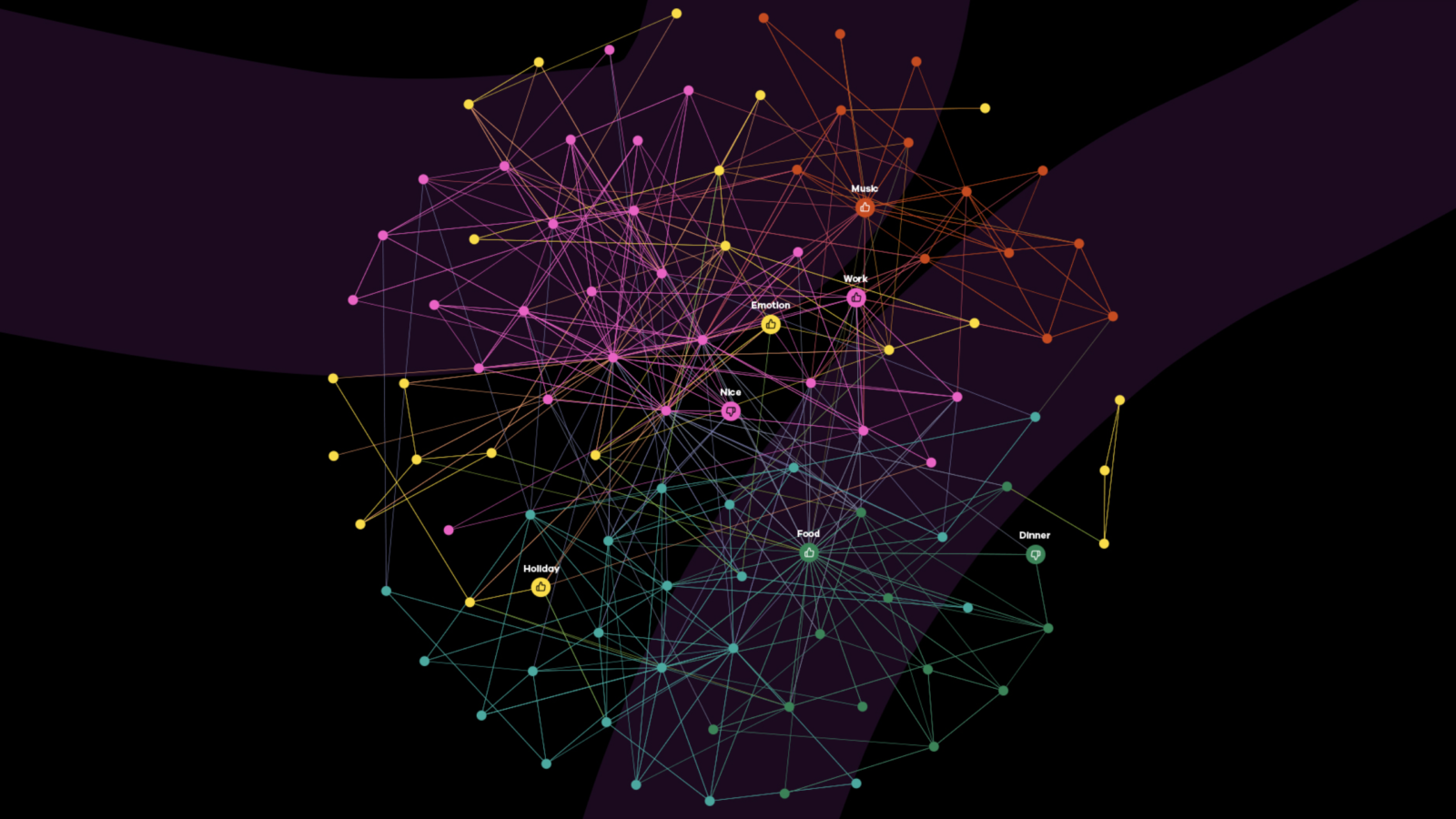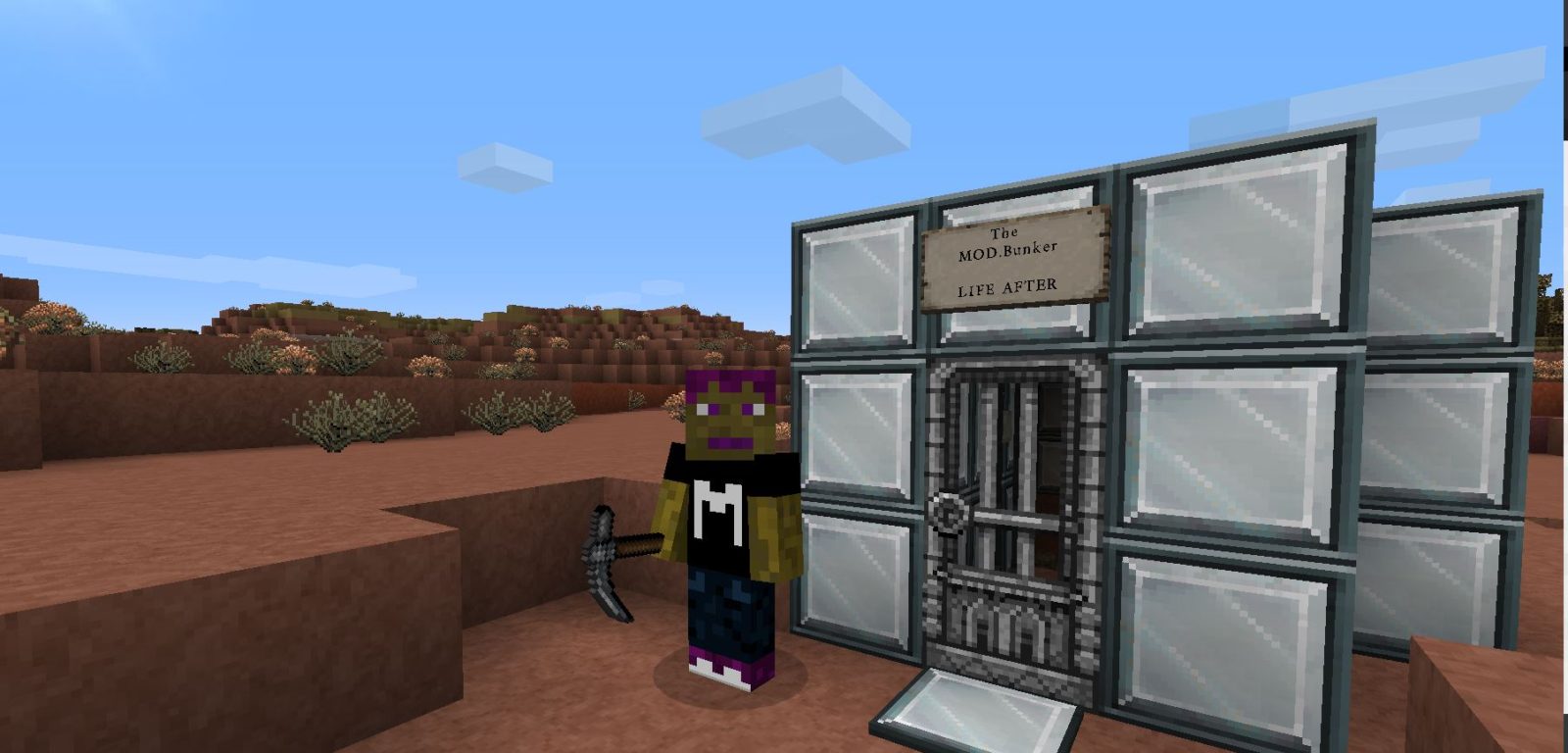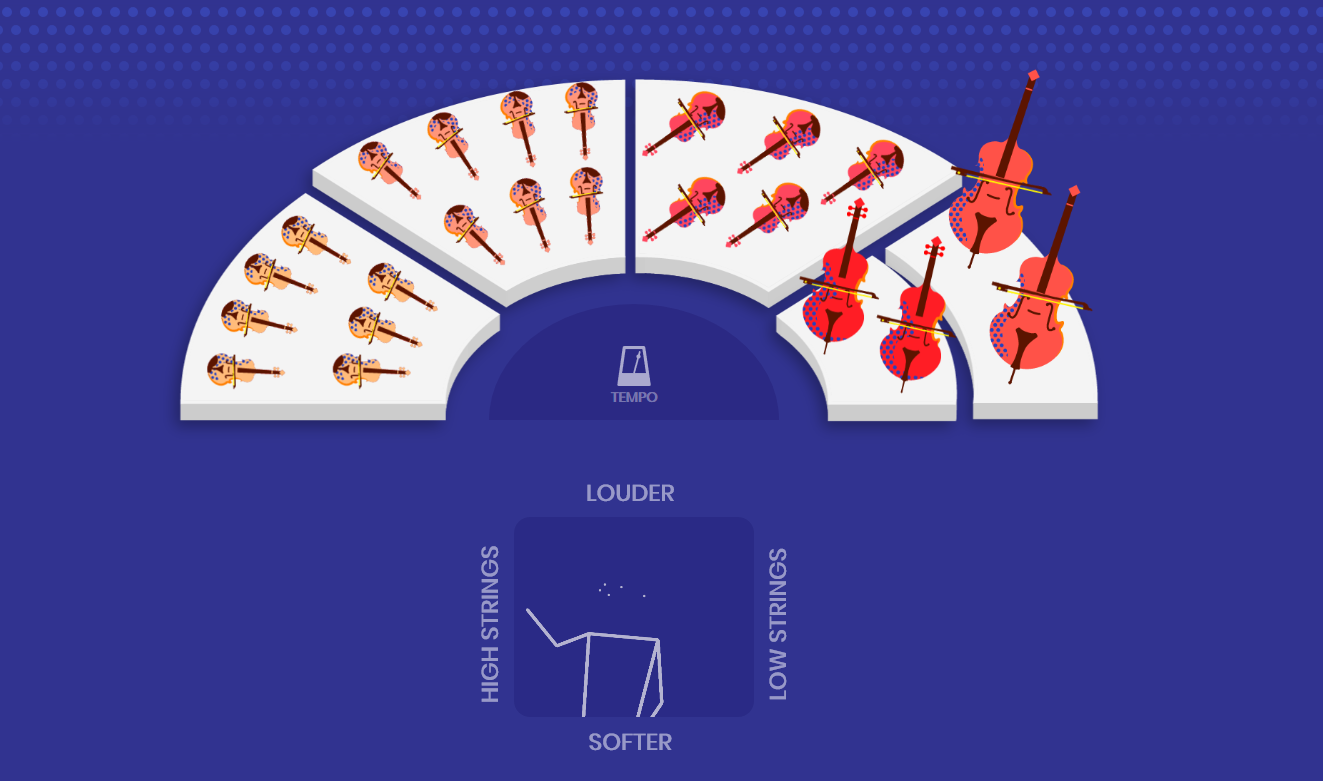On Place
Do you want people to listen to what you’ve got to say?
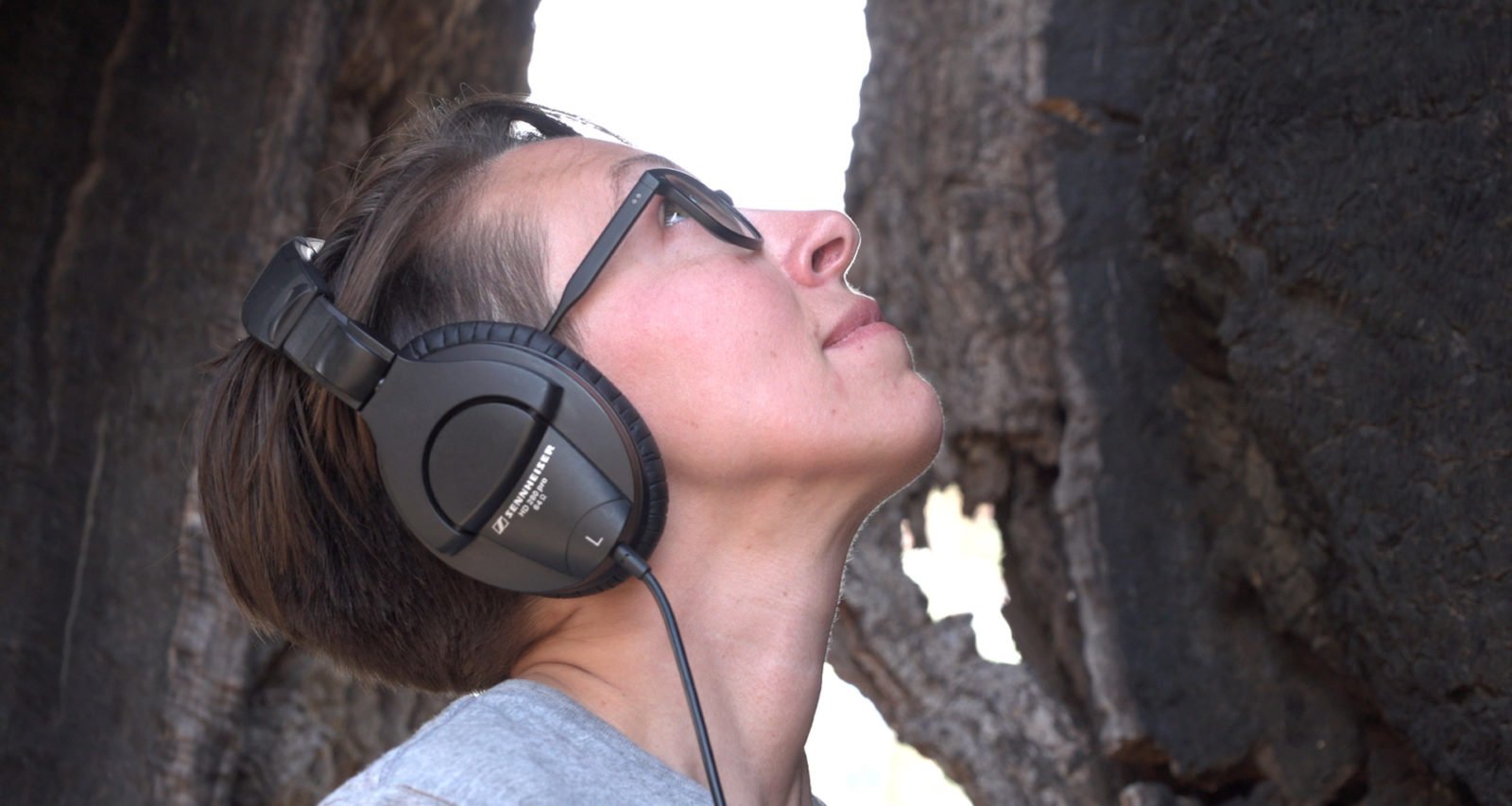
Exhibit Details
It’s quieter. Now we might notice sounds that we haven’t before. We want to feel present and continue to feel connected to where we live, beyond our bedrooms or living rooms where we now stay. We are putting together a growing set of soundscapes that meditate on place.
These sounds will locate you to a specific moment in place and time. For us, they make us feel present. Next time you need to take a step back and a deep breath in, we hope these might help.
Listen here, or find us on Sound Cloud.
-

Sasha Grbich
Each soundscape is made up of hidden, secret and unknown sounds collected from the three locations, all with significance to MOD. Created by South Australian artist Sasha Grbich, who you may remember from our Sit Down With… exhibit all the way back in MOD.IFY, our first exhibition. We are re-visiting some of her soundscapes: the River Torrens and one of South Australia’s oldest trees, a River Redgum located in Forreston.
-

Tristan Louth-Robins
Tristan Louth-Robins is a South Australian artist working principally in the medium of sound art and field recording. Ideas of sound and its signification are key elements in Louth-Robins’ practice, traversing the space between the visual and aural. Louth-Robins’ work is realised through the mediums of recordings, installation, visual art and performance. He is interested in sound and its associative implications – including its relationship to objects, technology, urban space, memory and the natural world.
Contained capture is a suite of four short sound compositions that I have created in response to the altered acoustic landscape I have observed during the COVID-19 pandemic.
During the pandemic, anthropophonic (human-made) sounds of the acoustic urban environment have been dramatically quietened, due – largely in part – to a reduction in road and air traffic. Because of this, the audible field of the urban environment has broadened significantly, with the geophonic and biophonic sounds of nature (e.g. wind, rain, birdsong) being heard much more clearly..
However, as our urban soundscape has quietened, our domestic environments have become louder. As many of us have restructured work and school routines, the home and its immediate surroundings have intensified with activity. Due to this, I’ve become increasing aware my own and others heightened sensitivity to sound and its disruptive (and occasionally unsettling) potential.
“out of silence” (3:23)
This composition consists of excerpts from several field recordings made on my balcony at night during the first week of lockdown in South Australia. Although night in my suburb is typically quiet, the reduction in road and air traffic reduced the outside environment to an eerie hush. Against this relative disquiet, the appearance of more immediate sounds (leaves scraping, bumps, creaks, a small distant plane, a dog barking) possess an unusual potency.
“vessels” (6:00)
During the quietened environment of first weeks of lockdown, my interest in resonant objects led my thoughts toward the way other ‘things’ are hearing this new sound environment. , My attention was drawn to several domestic vessels around my home. Much as one would press their ear to a seashell and hear the ocean, objects that are hollow and partially enclosed can contain wonderful acoustic properties and responses to outside sounds. Again, with a field recording made from my balcony, this time I placed microphone inside of three domestic vessels (a plastic vase, large pasta bottle and metal drink bottle.) Although the outside environment can be heard, certain sounds are conditioned and accentuated by the resonant qualities of each object. During this recording you can hear how birdsong, our neighbours’ piano playing, a reversing car, a bouncing ball and the general ambience of the environment are affected by the resonances of the domestic objects.
“suspended breath” (3:49)
As the weeks of the pandemic continued, I realised that I had become very conscious of my breathing, especially in public places such as the supermarket! I noticed that i was actually shortening my breathing in these places, and often ended up anxious and fatigued. On several occasions I’d arrive home with an aching chest. “suspended breath” examines these acute sensations of anxiety and hyperawareness.
“place is always moving” (2:56)
After completing “vessels”, I continued to make more resonant object recordings on the balcony using other bottles, cardboard tubes, and even a watering can. I took the process one step further and played recordings of the vessels own resonance back into the vessels themselves. When this is done, the resonance of the vessel is further reinforced and more of the its natural tone or ‘voice’ can be heard. “place is always moving” is performed using an action of voicing each object by using a small loudspeaker to resonate it. The finished composition consists of several performances of this action with different vessels layered on top of each other.
Credits
- Sasha Grbich Artist
- Tristan Louth-Robins Artist


